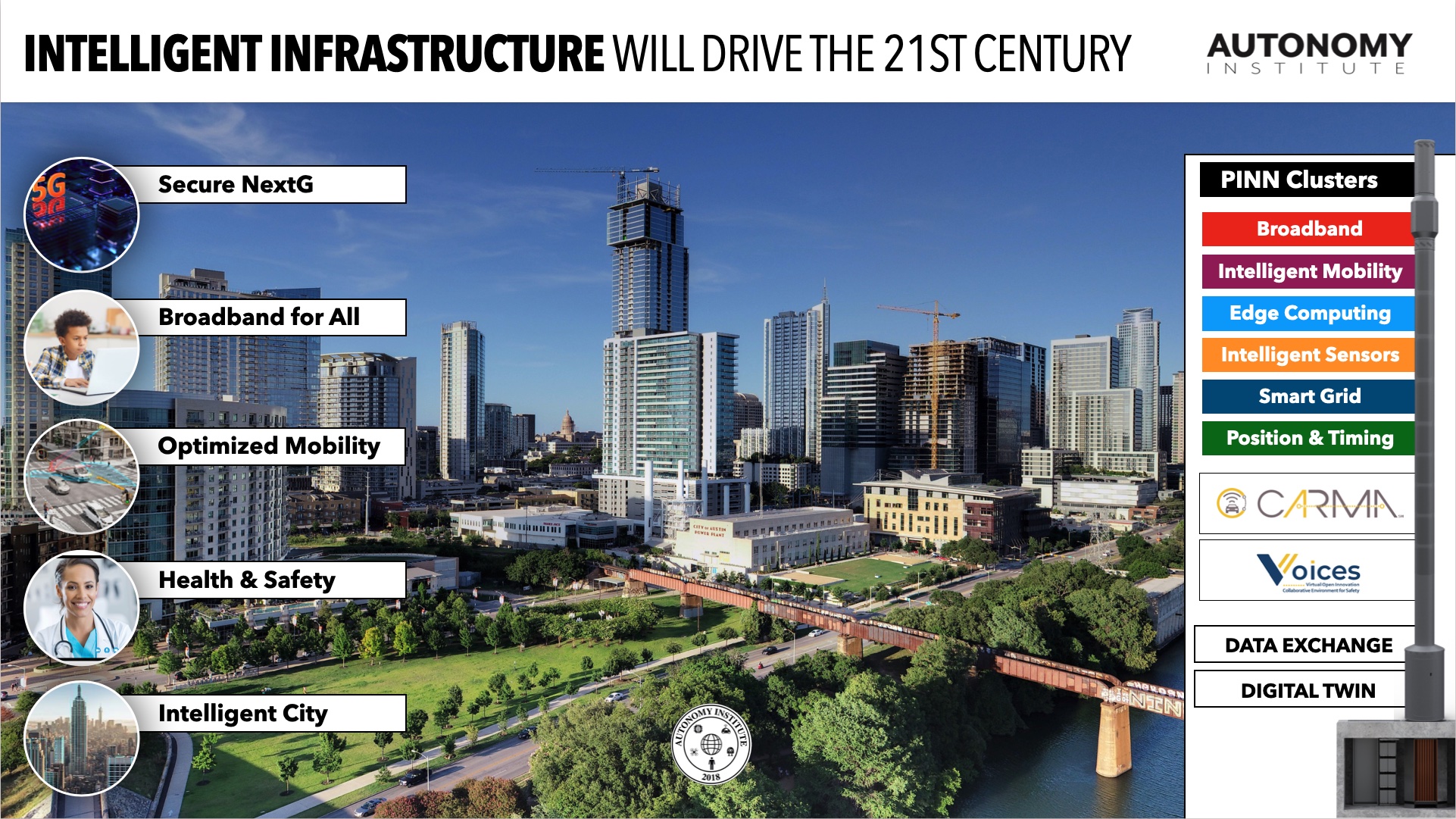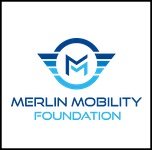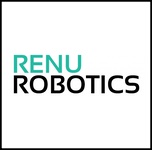City of Austin Intelligent Infrastructure
Developing intelligent communities supporting:
-
1Gb+ broadband everywhere
-
Autonomous delivery from HEB, CVS, Target
-
Automated shuttles moving people around our city
-
Autonomous package delivery from FedEx, UPS, Amazon
-
Advanced computing services
-
Health & telemedicine applications
-
Advanced entertainment like AR/VR; . . .
Example providers of advanced community services:
WeLink (Cisco backed company): https://welink.com/
Beep shuttles – already deployed at Tavistock in Orlando Florida: https://ridebeep.com/
Google Stadia – advanced gaming platform at the edge: https://stadia.google.com/
Nuro – autonomous delivery of all types of products: https://www.nuro.ai/
Envision – One of the largest telemedicine companies backed by KKR: https://www.evhc.net/
Amazon Prime – less than 1hr delivery from our local business: https://www.aboutamazon.com/news/transportation/meet-scout
21st-Century Intelligent Infrastructure Solution Providers
“There used to be a disconnect between the private and public sectors,” Goldberg said. “And nowadays, you’re seeing, especially with COVID, more of a push to pursue public-private partnerships, to help solve these opportunities together, rather than simply being segmented within those.”



















